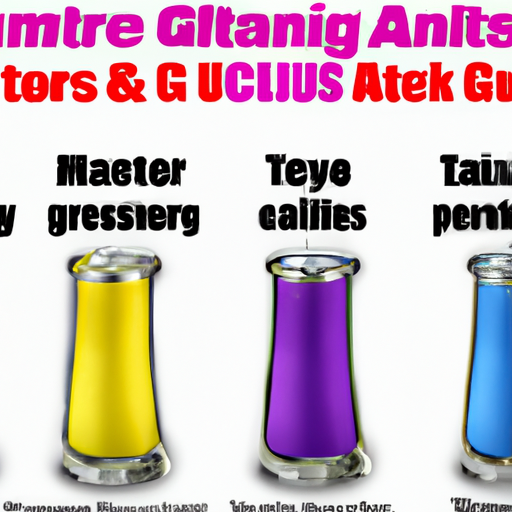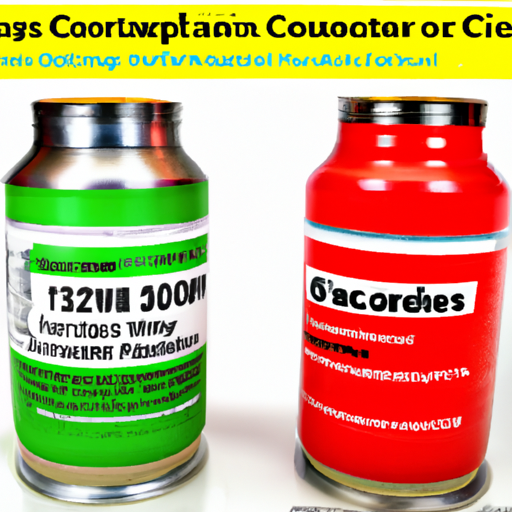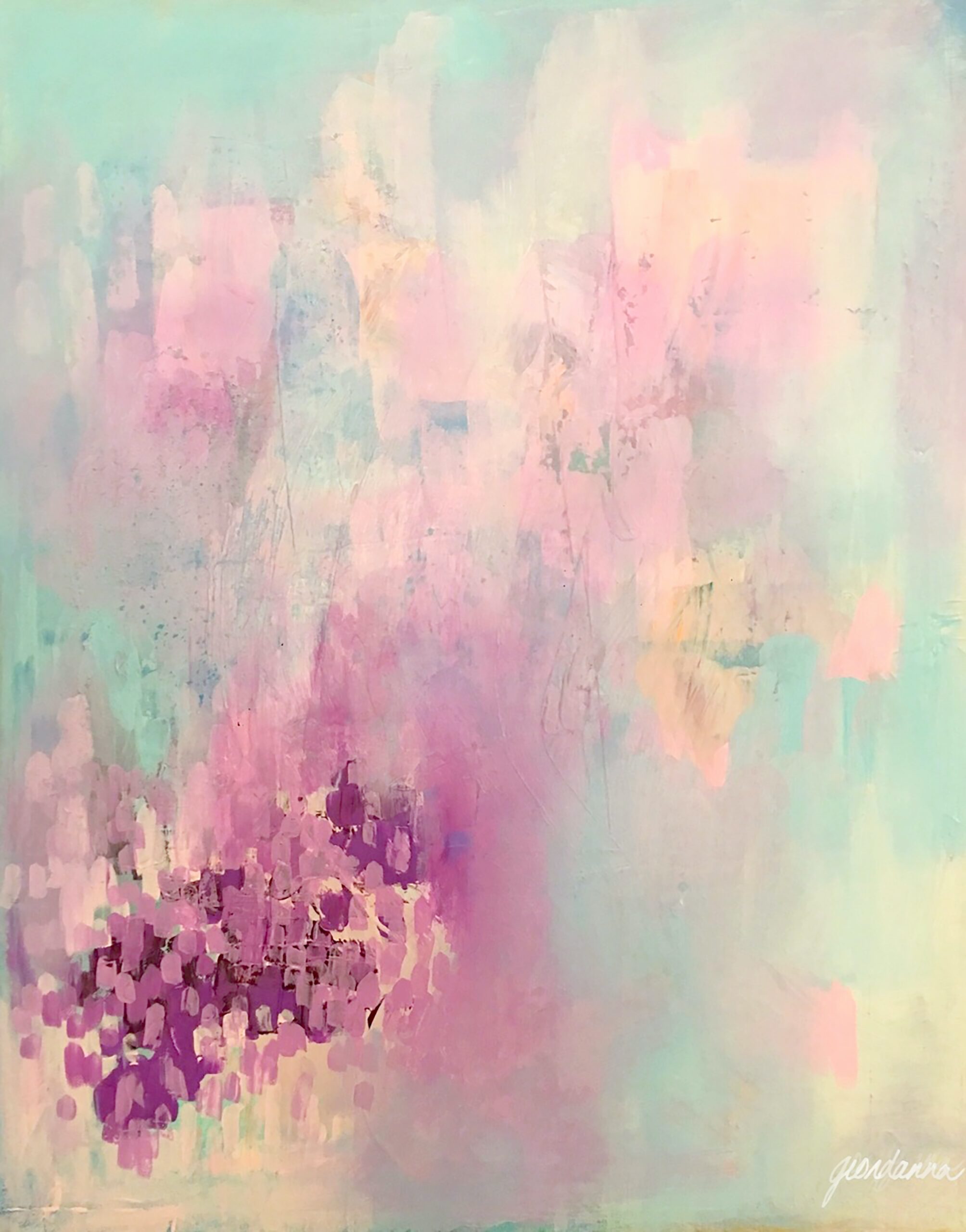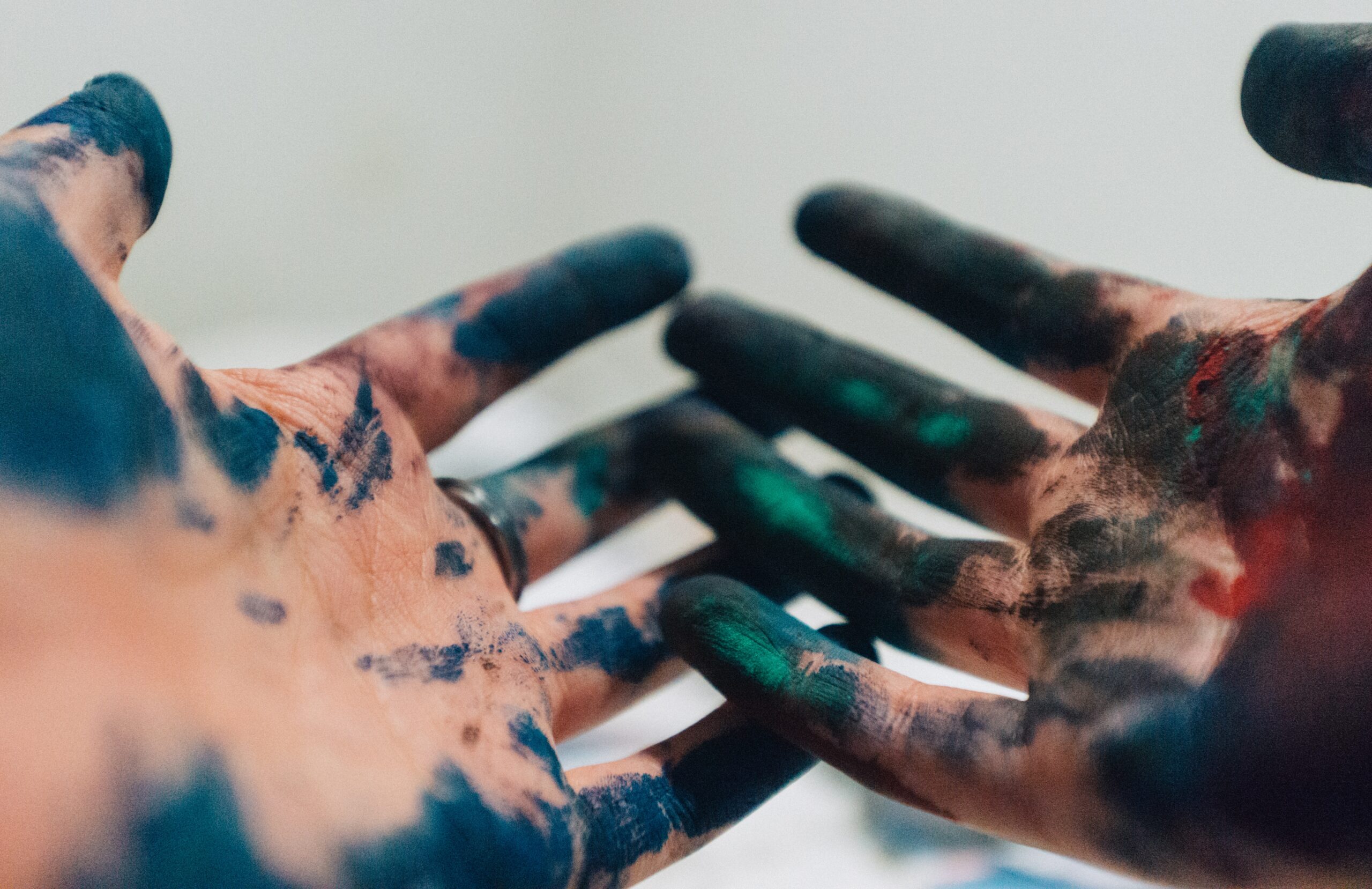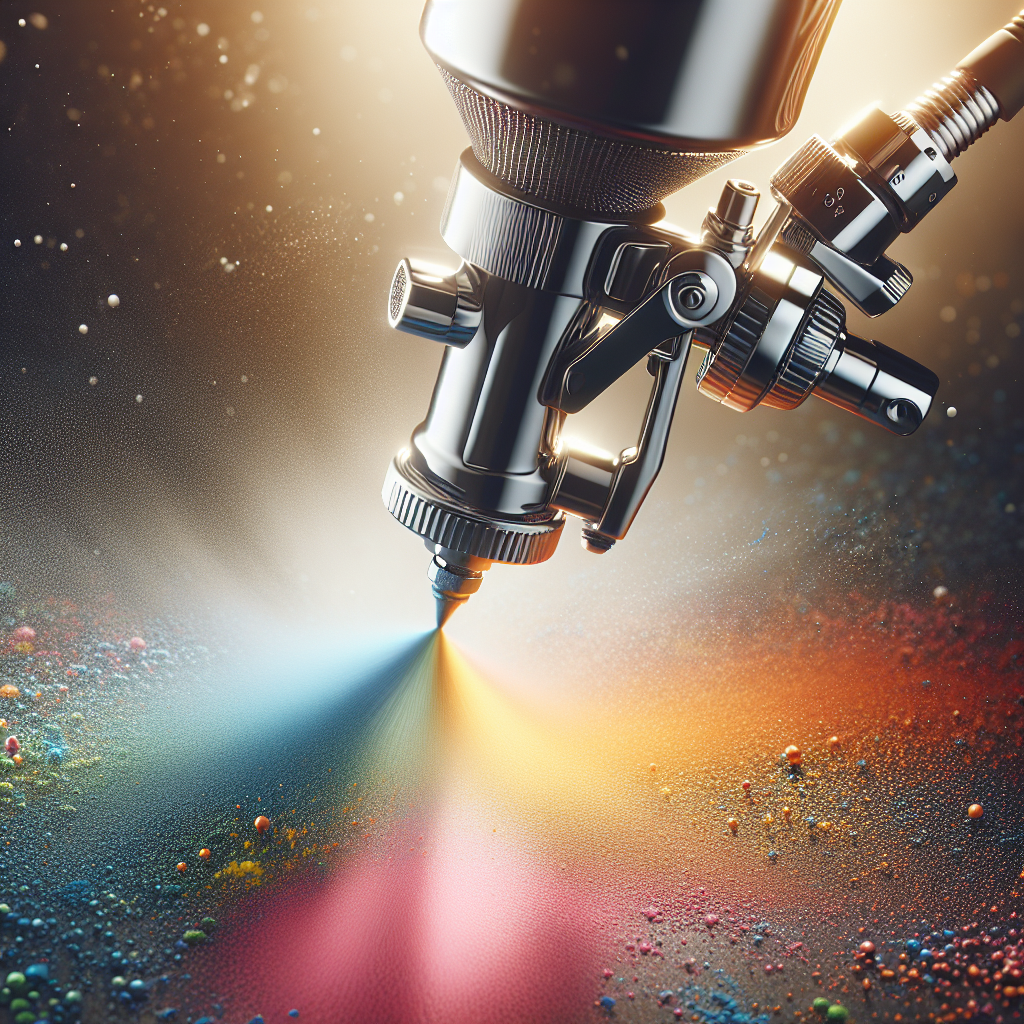Are you looking to add a touch of color and vibrancy to your glassware? In this article, we explore the world of spray paint for glass and help you find the best options available. Whether you’re a passionate DIY enthusiast or simply want to transform your plain glass items into personalized works of art, we’ve got you covered. Discover the top spray paint brands, tips for achieving professional-looking results, and important factors to consider when choosing the perfect spray paint for glass. Get ready to unleash your creativity and make your glass objects truly shine!
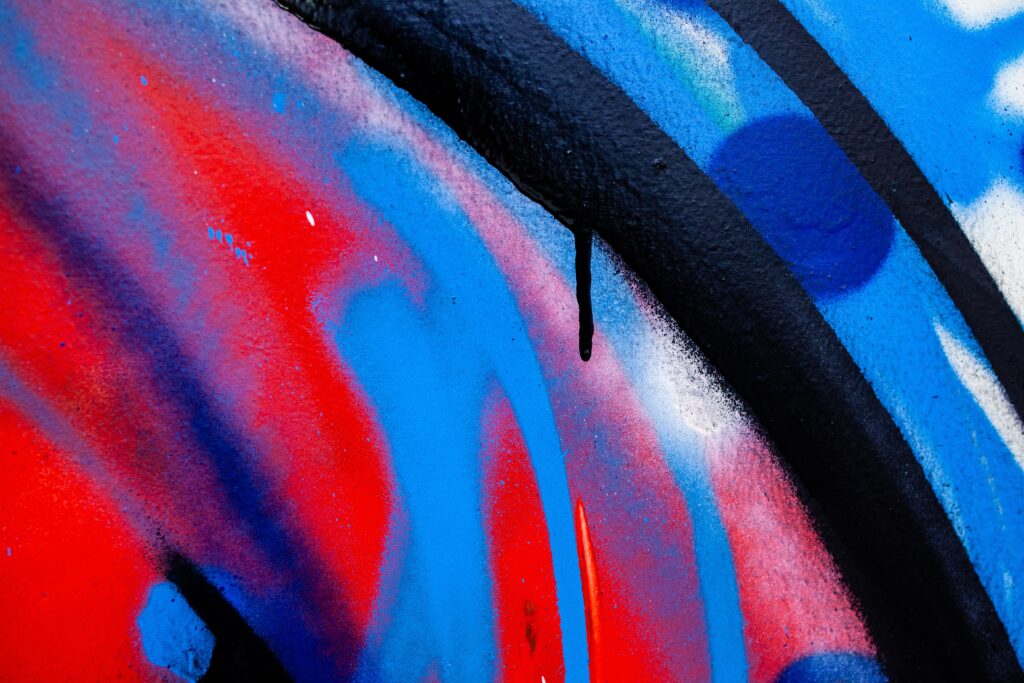
Factors to Consider When Choosing Spray Paint for Glass
When it comes to finding the perfect spray paint for glass, there are several factors you need to consider. These factors will ultimately affect the outcome of your project, so it’s important to choose wisely. Here are the key factors you should keep in mind:
Type of Paint
The first factor to consider is the type of paint you want to use. There are different types available for spray painting glass, each with its own unique characteristics. Transparent paint allows light to pass through and is ideal for creating a stained glass effect. Translucent paint offers a slightly opaque finish, providing a balance between transparency and privacy. Opaque paint completely blocks light and is perfect for creating solid, bold colors on your glass surface. Additionally, there are specialty paints available that offer unique effects such as frosted or textured finishes.
Finish
The finish of your spray paint can dramatically impact the overall look of your glass project. The most common finishes for spray paint on glass include gloss, semi-gloss, matte, and satin. Gloss finish provides a shiny, reflective surface that can enhance the color and vibrancy of your glass. Semi-gloss finish offers a slightly less reflective surface, adding a touch of elegance to your glass project. Matte finish, on the other hand, provides a non-reflective and smooth surface, giving a modern and sophisticated appearance. Lastly, satin finish falls between matte and gloss, providing a subtle sheen that adds a delicate touch to your glass object.
Drying Time
Considering the drying time is crucial, especially if you’re working on a time-sensitive project. Different spray paints have varying drying times, and it’s important to choose one that aligns with your schedule. Some paints dry within minutes, allowing you to move on to the next step quickly, while others may require several hours or even days to fully dry. Keep in mind that the drying time can also be affected by factors such as temperature and humidity. If you’re looking for a quick-drying option, make sure to check the label or product description for specific information regarding drying times.
Application
Another important factor to consider is the ease of application. Spray paints designed for glass should be easy to use, providing smooth and even coverage on your glass surface. Look for paints with a user-friendly spray nozzle that allows for precise control and effortless application. It’s also beneficial to choose a paint that doesn’t drip or run excessively, as this can lead to uneven results. Additionally, consider the spray pressure and the size of the spray pattern for optimal coverage and control.
Coverage
Coverage is an essential factor to consider, especially when working on larger glass surfaces or multiple objects. The coverage of a spray paint refers to how much area it can cover per can. It’s important to choose a paint that offers good coverage to ensure that you can achieve the desired effect without running out of paint halfway through your project. The coverage can vary depending on the brand and type of paint, so check the product label or description to ensure it meets your requirements.
Durability
Durability is a crucial factor, especially if your glass object will be exposed to harsh conditions or frequent handling. Consider the durability of the spray paint in terms of scratch resistance, water resistance, UV protection, and fade resistance. A durable paint will help to preserve the color and overall appearance of your glass project over time, ensuring it remains vibrant and attractive. Look for paints specifically formulated to withstand outdoor elements or high-traffic areas if you anticipate your glass object will be subjected to such conditions.
Safety
Safety should always be a priority when working with any type of paint, and spray paint for glass is no exception. Before purchasing a spray paint, check the safety precautions provided by the manufacturer. Adequate ventilation is crucial when using spray paint, as the fumes can be harmful if inhaled in concentrated amounts. Make sure to work in a well-ventilated area or consider wearing a respirator to protect your lungs. Additionally, wear appropriate protective equipment such as gloves and goggles to prevent any contact with the paint. Finally, be aware of the potential toxicity and flammability of the paint and take the necessary precautions to ensure a safe working environment.
Color Options
The color options available for spray paint for glass can greatly influence the outcome of your project. Consider the range of colors offered by different brands and choose one that aligns with your vision. Some brands offer a wide variety of vibrant and bold colors, while others may focus more on neutral or pastel shades. Take into account the specific color requirements of your project and choose a paint that can fulfill your desired color palette.
Price
Price is always a factor to consider when making any purchase, and spray paint for glass is no exception. Spray paints for glass can vary in price depending on factors such as brand, quality, and the size of the can. It’s important to set a budget before making a purchase and ensure that the paint you choose falls within your price range. Keep in mind that the price of the paint is often reflective of its quality and performance. While it can be tempting to choose a cheaper option, it’s important to prioritize the quality and longevity of the paint to ensure a successful and lasting end result.
Brand Reputation
Lastly, consider the reputation of the brand you are purchasing from. Look for brands that are known for their quality and reliability. Research customer reviews and ratings to gain insight into the experiences of other users. A reputable brand is more likely to provide high-quality, consistent results. Additionally, well-established brands often have better customer support and resources available, which can be beneficial if you have any questions or issues with the product.
Popular Brands of Spray Paint for Glass
Now that we’ve covered the important factors to consider when choosing spray paint for glass, let’s take a look at some of the popular brands that offer reliable options. These brands have established themselves in the market and have earned a positive reputation among artists, DIY enthusiasts, and professionals alike. Here are a few noteworthy options:
Krylon
Krylon is a well-known brand that offers a wide range of spray paint options, including paints specifically designed for glass surfaces. They provide a variety of colors and finishes, allowing you to find the perfect match for your glass project. Krylon spray paints are known for their ease of use, smooth application, and durability. Whether you’re looking for a glossy finish or a matte look, Krylon is a reliable brand to consider.
Rust-Oleum
Rust-Oleum is another reputable brand that offers spray paint options suitable for glass surfaces. Their products are highly regarded for their coverage, durability, and versatility. Rust-Oleum provides a range of colors and finishes, allowing you to achieve your desired look on any glass project. With a wide distribution network, Rust-Oleum products are readily available and have gained a strong presence in the market.
Montana Cans
Montana Cans is a brand recognized for its quality and innovation in spray paint. While they are primarily known for their graffiti and street art supplies, Montana Cans also offers a selection of spray paints suitable for glass. Their paints offer excellent coverage, vibrant colors, and a variety of finishes. Montana Cans products are favored by artists and creative individuals who value high-quality results.
Valspar
Valspar is a brand that offers a diverse range of paints, including spray paints for glass. Their spray paints are known for their smooth application, even coverage, and durability. Valspar provides a range of colors and finishes to suit various glass projects. With a strong focus on quality and performance, Valspar is a trusted brand among DIY enthusiasts and professionals alike.
Marabu
Marabu is a brand that specializes in providing high-quality art and craft supplies, including spray paints for glass. Their products are specifically formulated to ensure vibrant colors and excellent adhesion to glass surfaces. Marabu offers a range of colors and finishes to help you achieve your desired look on any glass project. With a commitment to quality and innovation, Marabu is a brand worth considering for your spray paint needs.
Design Master
Design Master is a brand that offers a range of specialty spray paints, including options suitable for glass surfaces. They are known for their exceptional color selection and unique finishes. Design Master offers an array of vibrant and metallic colors, allowing you to create eye-catching and artistic designs on glass. If you’re looking for a paint that offers that extra touch of creativity and uniqueness, Design Master is a brand to consider.
By considering the factors outlined above and exploring the options provided by these reputable brands, you can confidently choose the best spray paint for your glass project.
Types of Spray Paint for Glass
Before diving into specific brands and finishes, it’s essential to understand the different types of spray paint available for glass surfaces. Each type has its own characteristics and can help you achieve different effects on your glass project. Here are the main types of spray paint for glass:
Transparent
Transparent spray paint for glass provides a see-through finish that allows light to pass through. This type of paint is ideal for creating a stained glass effect or enhancing the natural beauty of the glass surface. Transparent paints are available in a variety of colors, allowing you to add a subtle tint or vibrant hue to your glass project while maintaining its transparency.
Translucent
Translucent spray paint offers a slightly opaque finish, allowing some light to pass through while providing a level of privacy. This type of paint is perfect for creating a soft and diffused appearance on your glass surface. Translucent paints are available in various colors and can be used to add a touch of elegance and sophistication to your glass project.
Opaque
Opaque spray paint completely blocks light, providing a solid and bold color on your glass surface. This type of paint is perfect for creating a bold statement or covering up imperfections on the glass. Opaque paints are available in a wide range of vivid colors, allowing you to achieve a striking and eye-catching finish.
Specialty Paints
In addition to the transparent, translucent, and opaque options, there are specialty spray paints available for glass. These paints offer unique effects, such as frosted or textured finishes. Frosted spray paint creates a semi-opaque, frosty appearance on your glass surface, providing a delicate and elegant effect. Textured spray paint adds dimension and tactile interest to your glass project. Specialty paints offer endless possibilities for creating distinctive and artistic designs on glass.
Understanding the different types of spray paint for glass will help you make an informed decision based on the specific effect you want to achieve.
Different Finishes for Spray Paint on Glass
The finish of your spray paint can significantly impact the overall appearance of your glass project. Whether you prefer a glossy and reflective finish or a more subdued matte appearance, choosing the right finish is essential. Here are the different finishes available for spray paint on glass:
Gloss
Gloss finish provides a shiny and reflective surface on your glass. This finish enhances the vibrancy and richness of the color, making it ideal for creating a bold and eye-catching look. Gloss finish is often associated with a polished and glamorous appearance. If you want a glass project that showcases vivid colors and shines beautifully, gloss finish is a great choice.
Semi-Gloss
Semi-gloss finish offers a slightly less reflective surface compared to gloss. It provides a subtle sheen that adds sophistication and elegance to your glass project. This finish is often favored for its ability to enhance the colors while maintaining a refined appearance. Semi-gloss finish is a versatile choice that can work well in various settings, from modern to traditional.
Matte
Matte finish provides a non-reflective and smooth surface on your glass. It offers a modern and understated appearance that can be both sophisticated and minimalistic. Matte finish is ideal for those who prefer a more subtle and subdued look. It can be particularly effective in creating a contemporary and sleek design on glass.
Satin
Satin finish falls between matte and gloss, offering a subtle sheen that adds a delicate touch to your glass project. It provides a soft and lustrous appearance that can enhance the colors without being overly reflective. Satin finish is often associated with a smooth and velvety feel, making it a popular choice for those who want a sophisticated yet subtle finish.
Consider the overall aesthetic you want to achieve and the surrounding decor when choosing the finish for your spray paint on glass. The finish will play a significant role in determining the final look and feel of your glass project.

Drying Time and Curing Process
Understanding the drying time and curing process of spray paint for glass is essential for planning your project and achieving satisfactory results. Proper drying and curing ensure that the paint adheres well to the glass surface, providing a durable and long-lasting finish. Here’s what you need to know:
Initial Drying Time
The initial drying time refers to the time it takes for the paint to dry to the touch. Different spray paints have varying drying times, and it’s crucial to follow the instructions provided by the manufacturer. Some paints may dry within minutes, allowing you to move on to the next step relatively quickly. Others may require several hours or even days to fully dry, especially if multiple coats are required for optimal coverage. Factors such as temperature and humidity can also affect the drying time, so it’s important to consider these variables when planning your project.
Curing Time
While the paint may feel dry to the touch, it’s important to note that curing time is different from initial drying time. Curing refers to the process where the paint fully hardens and forms a strong bond with the glass surface. Curing can take significantly longer than initial drying time and can range from a few days to a couple of weeks, depending on the specific paint and brand. It’s important to allow the paint to fully cure before subjecting the glass object to any handling or exposure to moisture or harsh conditions.
Be patient during the drying and curing process to ensure the best results for your spray paint on glass project. Rushing the process can compromise the durability and longevity of the paint finish.
Proper Application Techniques
To achieve a professional-looking finish with spray paint on glass, it’s crucial to follow proper application techniques. Taking the time to prepare the surface, understanding the ideal spray distance, and applying multiple coats correctly will significantly impact the final result. Here are some essential techniques to keep in mind:
Surface Preparation
Proper surface preparation is key to achieving a smooth and lasting finish. Ensure that the glass surface is clean, dry, and free from any dust, dirt, or grease. Wipe the glass surface with a glass cleaner or a mixture of vinegar and water to remove any residue. For best results, it’s recommended to lightly sand the glass surface with fine-grit sandpaper to create a slightly roughened texture, which will help the paint adhere better. Make sure to thoroughly clean the glass surface after sanding to remove any debris before starting the painting process.
Spray Distance
Maintaining the correct spray distance is crucial to achieve even coverage and prevent drips or runs. The ideal spray distance will depend on the specific paint and brand, so it’s important to refer to the manufacturer’s instructions for guidance. In general, it’s recommended to hold the can approximately 8-12 inches away from the glass surface. Keep the can in constant motion while spraying to ensure even distribution of the paint. Test your spray pattern on a piece of paper or scrap glass before starting to paint on your actual project to get a feel for the spray distance and pattern.
Spray Patterns
Understanding different spray patterns can help you achieve the desired coverage and effect. Most spray paint cans provide options for various spray patterns, such as vertical, horizontal, circular, or diagonal. Experiment with different spray patterns on a scrap surface to determine which one works best for your project. Consider the size of the glass surface you’re working on, the level of coverage you desire, and the effect you want to achieve. Adjusting your spray pattern can help you achieve optimal results and avoid any uneven or patchy areas.
Coats and Layering
To achieve a smooth and consistent finish, it’s important to apply multiple thin coats of spray paint rather than one heavy coat. Applying thin coats allows each layer to dry properly and minimizes the chances of drips or runs. For optimal coverage, it’s recommended to apply at least two to three coats of paint, allowing sufficient drying time between each coat. Take care not to oversaturate the glass surface with paint, as this can lead to pooling and uneven results. Building up the layers gradually will help you achieve a more professional and flawless finish.
Drying Preparation
After applying your final coat, allow the paint to dry fully before handling or moving the glass object. Follow the manufacturer’s instructions regarding the drying time and curing process. It’s important to find a well-ventilated area where the glass can dry undisturbed. Avoid placing freshly painted glass objects on surfaces that may stick to the paint, and use drying racks or elevated platforms to prevent any contact with other surfaces. This will ensure that the paint cures properly and maintains its desired finish.
By employing these proper application techniques, you can achieve a smooth and professional finish with your spray paint on glass project.

Coverage and Usage
Understanding the coverage and usage of spray paint for glass is essential for estimating the amount of paint needed and achieving the desired result. Factors such as the coverage area, the number of coats required, and the type of glass can impact the overall outcome. Here’s what you need to know:
Coverage Area
The coverage area refers to how much surface area a specific amount of paint can cover. This information is typically provided by the manufacturer on the product label or description. It’s important to consider the size of your glass project and estimate the coverage area accordingly. This will help you determine how much paint you need to purchase and plan your project effectively. Keep in mind that coverage can vary depending on factors such as the type of paint, the spray pressure, and the method of application. For larger glass surfaces or multiple objects, it may be wise to purchase extra paint to ensure full coverage without having to compromise on the final result.
Number of Coats
The number of coats required for optimal coverage will depend on the specific paint and desired effect. In general, it’s recommended to apply at least two to three thin coats of paint to achieve a smooth and consistent finish. Applying too few coats may result in uneven coverage and a less vibrant appearance. On the other hand, applying too many coats can lead to the paint becoming too thick, which can affect the adhesion and overall durability. Follow the manufacturer’s instructions and recommendations regarding the number of coats required to achieve the best results.
Glass Types
Different types of glass can affect the coverage and adhesion of the spray paint. Smooth, nonporous glass surfaces generally provide better adhesion and coverage compared to textured or porous glass surfaces. While spray paint is generally suitable for most glass types, it’s important to consider the specific glass surface you’ll be working on. If you’re unsure about the compatibility of the paint with a particular type of glass, it’s recommended to test the paint on a small, inconspicuous area first to ensure proper adhesion and compatibility.
Consider these coverage and usage factors when planning your spray paint on glass project to ensure that you have enough paint and achieve satisfactory results.
Longevity and Durability
When choosing spray paint for glass, considering the longevity and durability of the paint is important, especially if your glass object will be exposed to outdoor elements or frequent handling. Here are some key factors to evaluate:
Scratch Resistance
A high-quality spray paint for glass should offer good scratch resistance. Glass objects are prone to scratches, especially if they come into contact with other surfaces or experience regular use. Choose a spray paint that is specifically designed to resist scratches and maintain its appearance over time. Read product reviews and look for paints that are known for their durability and resistance to everyday wear and tear.
Water Resistance
If your glass object will be exposed to moisture or water, it’s crucial to choose a spray paint that offers water resistance. Paints formulated to withstand water exposure are less likely to peel, crack, or discolor when in contact with water. Whether you’re painting glass objects for outdoor use or for areas prone to condensation or humidity, selecting a water-resistant paint will ensure the longevity and attractiveness of your glass project.
UV Protection
If your glass object will be exposed to sunlight, UV protection is essential to prevent fading and discoloration. Over time, exposure to UV rays can cause the colors to fade, leading to a dull and less vibrant appearance. Look for spray paints that offer UV protection to extend the lifespan of your glass project. UV-resistant paints are specifically formulated to block harmful UV rays and keep the colors looking vibrant and true for longer periods.
Fade Resistance
In addition to UV protection, fade resistance is an important factor to consider, especially if your glass project will be displayed outdoors or in areas with high sun exposure. Paints that offer fade resistance are less likely to lose their original color intensity and vibrancy. Choose spray paints that are known for their fade resistance to ensure that your glass project remains visually appealing and attractive over time.
Considering the longevity and durability of the spray paint for glass will help you make an informed decision and ensure that your project stands the test of time.

Safety Precautions
When working with spray paint, it’s important to take the necessary safety precautions to protect yourself and ensure a safe working environment. Here are some essential safety considerations:
Ventilation
Spray paint fumes can be harmful if inhaled in concentrated amounts. It’s crucial to work in a well-ventilated area to minimize exposure to these fumes. Choose a space with good airflow, such as outdoors or in a well-ventilated room. If working indoors, consider using fans or opening windows and doors to ensure proper air circulation. Additionally, if the paint emits strong fumes, consider wearing a respirator mask to protect your lungs.
Protective Equipment
It’s important to wear appropriate protective equipment when working with spray paint. This includes wearing gloves and goggles to protect your skin and eyes from any potential contact with the paint. Gloves will prevent the paint from coming into direct contact with your skin and causing irritation or allergic reactions, while goggles will shield your eyes from any overspray or accidental splatters.
Toxicity
Take note of the potential toxicity of the spray paint you’re using. Different paints contain different chemicals, and some may be more toxic than others. Read the product labels or safety data sheets to understand the potential hazards associated with the paint. If the paint is known to be highly toxic, take extra precautions such as wearing a respirator and working in a well-ventilated area. If you have any concerns about the toxicity of the paint, it’s advisable to consult the manufacturer or seek guidance from a health professional.
Fire Hazard
Spray paints are flammable and can be a fire hazard. It’s crucial to take precautions to prevent accidents or fires when working with spray paint. Stay away from open flames or sources of heat while using the paint. Make sure to store the paint cans in a cool, dry place away from any potential ignition sources. If you’re working outdoors, be mindful of dry vegetation or flammable materials around you. Always read and follow the manufacturer’s instructions regarding the safe handling and storage of the paint.
By following these safety precautions, you can ensure a safe and enjoyable experience when working with spray paint for glass.
Price Comparison
Price is an important factor to consider when choosing spray paint for glass. While quality should be a priority, finding a paint that falls within your budget is also crucial. Here’s a general price comparison of different options:
Affordable Options
There are affordable spray paint options available for glass, especially if you’re working on smaller projects or have a limited budget. These paints typically offer decent coverage and satisfactory results. They may have a more limited color range or fewer specialty options compared to higher-priced paints. Affordable options can still provide good performance and durability, making them suitable for casual DIY projects or smaller glass objects. Look for budget-friendly brands or multipurpose paints that offer value for money without compromising on quality.
Mid-range Options
Mid-range spray paints offer a balance between affordability and quality. They often provide a wider range of colors, finishes, and specialty options compared to more affordable options. Mid-range paints are typically more versatile and can be used for a variety of glass projects. They offer good coverage, durability, and longevity, making them a popular choice among DIY enthusiasts and professionals alike. If you’re looking for a reliable and versatile spray paint for glass, mid-range options are worth considering.
Premium Options
Premium spray paints for glass are generally higher in price but offer superior quality, performance, and a wider range of options. These paints often come from well-established brands with a strong reputation for their expertise and innovation. Premium options provide excellent coverage, durability, and longevity. They are specifically formulated to provide optimal results and enhanced features such as increased scratch resistance, better UV protection, or advanced specialty finishes. Premium spray paints are ideal for high-end projects, professional use, or those seeking the best possible outcome for their glass objects.
Consider your budget and the specific requirements of your glass project when comparing prices. Remember that investing in a higher-priced, high-quality paint can yield better and longer-lasting results.
With all these factors in mind, choosing the best spray paint for your glass project becomes easier and more informed. Consider the type of paint, desired finish, drying time, application techniques, coverage, durability, safety precautions, color options, brand reputation, and price. By carefully evaluating each factor and selecting the right combination, you can achieve a successful and visually stunning outcome for your spray paint on glass project.
